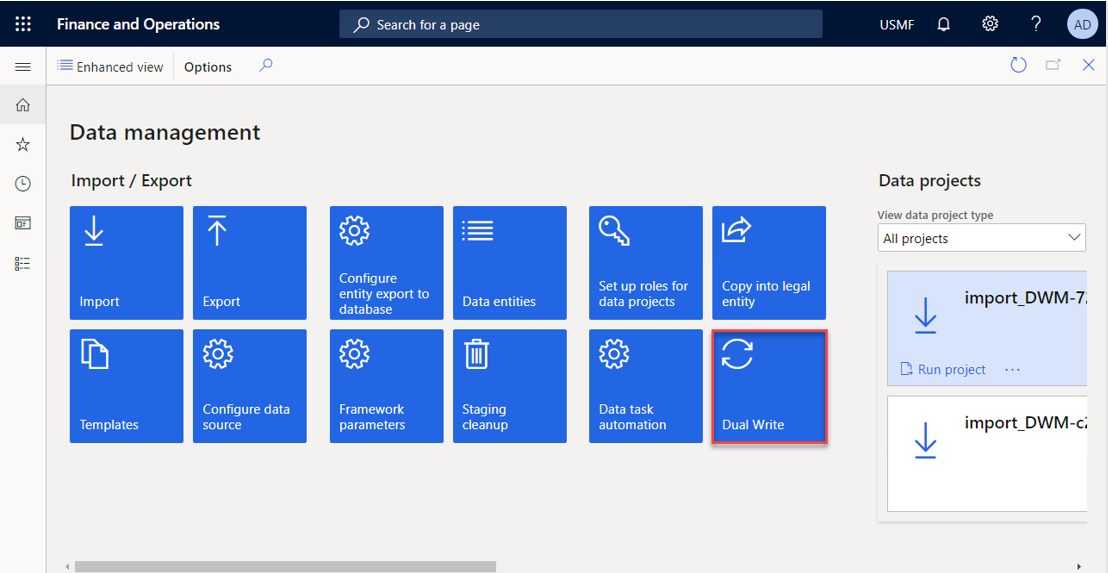When you add a new legal entity in a Dual-write enabled environment, this checkbox decides whether
you want to sync data for the newly added legal entity.
Also, without impacting existing legal entities.
The Core Concept
Two possible behaviors:
- Initial sync is skipped
- No data is written automatically for that legal entity
- You must manually trigger syncs later
2) Checkbox is unchecked (recommended for initial sync)
- Initial sync runs automatically
- Sync applies only to the newly added legal entity
- Existing legal entities are not reprocessed
- Better performance and cleaner execution
👉 Bottom line:
Unchecking this box is the correct and safest way to run an initial sync only for the new legal entity.
When To Use This
A common real-life scenario:
- Dual-write is already running and live with other legal entities.
- A new company / legal entity is introduced later.
- You want data to sync only for the new entity, without disturbing production data.
Step-by-Step: Perform Initial Sync for a New Legal Entity
Step 1: Open Dual-write
Navigate to: Workspaces → Data management → Dual-write
Step 2: Open Environment Details
Click Environment details from the Dual-write workspace.
Step 3: Go to Legal Entities
Select Legal Entities to view the list of companies enabled for Dual-write.
Step 4: Add the New Legal Entity
- Click Add Legal Entity.
- ❌ Uncheck: Skip initial writes for newly added legal entities
- Click Save
Step 5: Confirm Sync Completion
- Once the system finishes syncing table maps, you’ll see: Legal entities updated successfully!
What Happens Behind the Scenes
- Dual-write runs initial write only for the new legal entity.
- Existing legal entities are untouched.
- No historical reprocessing.
- No performance degradation.
- Table maps are reused automatically.
- Makes incremental rollout safe.













